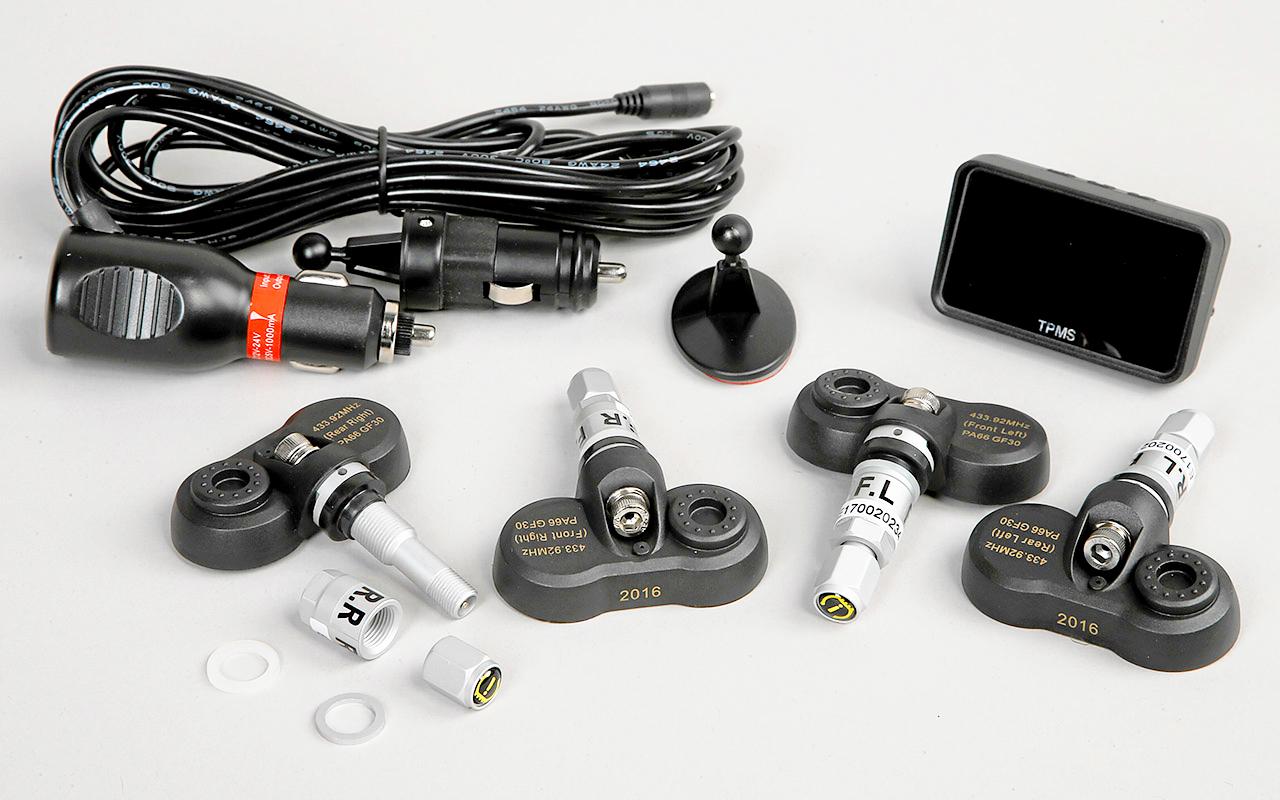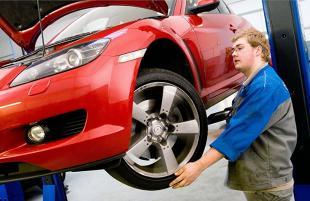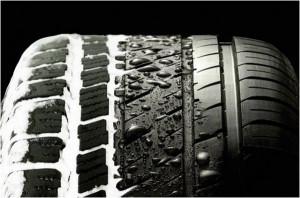
Are tire pressure sensors and other must-have car accessories useful?
Content
 From November 1, every new car offered in the European Union must have a tire pressure monitoring system, an ESP stabilization system or additional seat reinforcements. All in the name of safety and fuel economy.
From November 1, every new car offered in the European Union must have a tire pressure monitoring system, an ESP stabilization system or additional seat reinforcements. All in the name of safety and fuel economy.

According to the EU directive, from November 1, 2014, new cars sold in EU countries must have additional equipment.
The list of additions opens with the Electronic Stability Program ESP / ESC, which reduces the risk of skidding and is installed as standard on most new cars in Europe. You will also need two sets of Isofix anchorages to make it easier to install child seats, rear seat reinforcement to reduce the risk of being crushed by luggage, a seat belt indicator in all places, and an indicator that tells you when to shift up or downshift. . Another requirement is a tire pressure measurement system.
Tire pressure sensors are a must - it's safer
Mandatory tire pressure sensors are expected to improve road safety and reduce fuel consumption and greenhouse gas emissions. If the tire pressure is too low, this can result in a slow and sluggish response to the steering wheel. On the other hand, too high a pressure means less contact between the tire and the road, which affects handling. If pressure loss occurs in a wheel or wheels on one side of the vehicle, the vehicle can be expected to pull to that side.
– Excessively high pressure reduces damping functions, which leads to a decrease in driving comfort and causes faster wear of the vehicle's suspension components. On the other hand, a tire that has been under-inflated for a long time shows more tread wear on the outer sides of its forehead. Then on the side wall we can notice a characteristic darker stripe, explains Philip Fischer, account manager at Oponeo.pl.
See also: Winter tires - why are they a good choice for cold temperatures?
Incorrect tire pressure also leads to increased vehicle operating costs. Research shows that a car with a tire pressure that is 0,6 bar below nominal will use an average of 4 percent. more fuel, and the life of under-inflated tires can be reduced by as much as 45 percent.
At extremely low pressures, there is also a risk of the tire slipping off the rim when cornering, as well as excessive heating of the tire, which can lead to rupture.
TPMS tire pressure monitoring system - how do the sensors work?
The tire pressure monitoring system, called TPMS (Tire Pressure Monitoring System), can work directly or indirectly. The direct system consists of sensors attached to the valves or wheel rims that measure tire pressure and temperature. Every minute they send a radio signal to the on-board computer, which outputs data to the dashboard. This arrangement is usually found in more expensive vehicles.
Popular cars usually use an indirect system. It uses the wheel speed sensors installed for the ABS and ESP/ESC systems. The tire pressure level is calculated based on the vibration or rotation of the wheels. This is a cheaper system, but the driver is only informed of the pressure drop at a 20% difference. compared to the original state.
Tire and rim replacements are more expensive in cars with pressure sensors
Drivers of vehicles with TPMS will pay more for seasonal tire changes. The sensors mounted on the wheels are prone to damage, so it takes longer to remove and install the tire on the rim. In most cases, you must first check the operation of the sensors and reactivate the sensors after installing the wheels. It is also necessary if the tire has been damaged and the air pressure in the wheel has dropped significantly.
– The seals and the valve must be replaced every time the sensor is unscrewed. If the sensor is replaced, it must be coded and activated,” explains Vitold Rogovsky, automotive expert at ProfiAuto.
In vehicles with indirect TPMS, the sensors must be reset after a tire or wheel change. This requires a diagnostic computer.
See also: Are mandatory tire pressure sensors a gateway for hackers? (VIDEO)
Meanwhile, according to Oponeo.pl representatives, every fifth tire center has specialized equipment for servicing cars with TPMS. According to Przemysław Krzekotowski, a TPMS specialist at this online store, the cost of changing tires in cars with pressure sensors will be PLN 50-80 per set. In his opinion, it is best to purchase two sets of wheels with sensors - one for the summer and winter seasons.
“In this way, we reduce the time for seasonal tire changes and reduce the risk of damage to sensors during these actions,” adds the Oponeo.pl specialist.
For a new sensor, you will have to pay from 150 to 300 PLN plus the cost of installation and activation.
Representatives of automobile concerns did not answer the question whether the new mandatory equipment will increase the cost of new cars.
Wojciech Frölichowski
